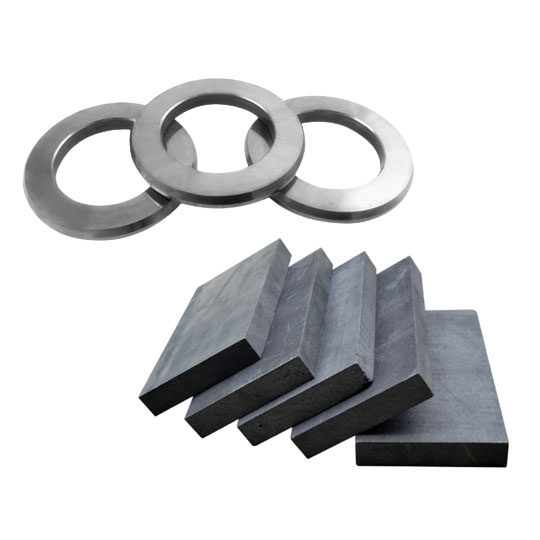Current Industrial Applications of Carbide Plate Innovations
Твердосплавные пластины have long been the unsung heroes in various industries, offering unmatched durability and performance. From mining to aerospace, their applications are vast and vital.
Горнодобывающая промышленность и строительство
In the rugged terrains of mining and construction, equipment faces relentless wear and tear. Carbide plates, especially those made from tungsten carbide, are employed in tools like drill bits and cutting edges. Their exceptional hardness ensures prolonged tool life, reducing downtime and maintenance costs.
Manufacturing and Machining
Precision is paramount in manufacturing. Carbide plates are integral in machining tools, providing the necessary rigidity and wear resistance. This ensures consistent product quality and efficient production cycles.
Аэрокосмическая и оборонная промышленность
In aerospace, where materials are subjected to extreme conditions, carbide plates are used in components like turbine blades and armor plating. Their ability to withstand high temperatures and resist deformation makes them indispensable.
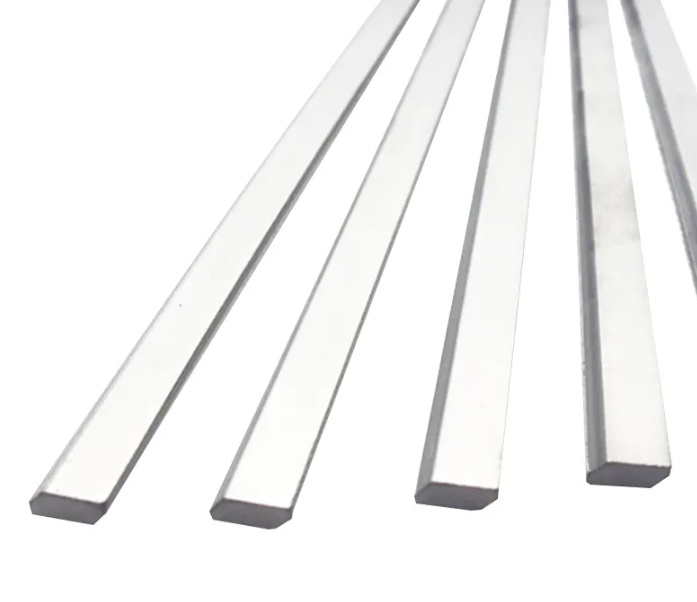
Recent Innovations in Твердосплавная пластина Технология
The realm of carbide plate technology is witnessing groundbreaking advancements, pushing the boundaries of what’s possible.
Additive Manufacturing (3D Printing)
Additive manufacturing has revolutionized the production of carbide components. By layering materials, complex geometries can be achieved with precision. This method reduces material waste and allows for rapid prototyping.
Nano-Structured Carbide Plates
Incorporating nanotechnology, researchers have developed carbide plates with nano-scale structures. These plates exhibit enhanced hardness and toughness, leading to longer service life and improved performance.(sumitomoelectric.com, zhongbocarbide.com)
Hybrid Carbide Composites
Combining carbide with other materials, such as ceramics or metals, has led to hybrid composites. These composites offer a balance of hardness and flexibility, making them suitable for applications requiring both strength and resilience.
Benefits of Carbide Plate Innovations
The recent innovations in carbide plate technology bring forth a plethora of benefits:
- Enhanced Durability: Advanced manufacturing techniques result in plates that can withstand harsher conditions and last longer.
- Улучшенная производительность: Innovations lead to better thermal stability and resistance to wear, ensuring consistent performance.
- Эффективность затрат: Longer-lasting plates reduce the frequency of replacements, leading to cost savings in the long run.
- Гибкость конструкции: With additive manufacturing, custom designs tailored to specific applications are now feasible.
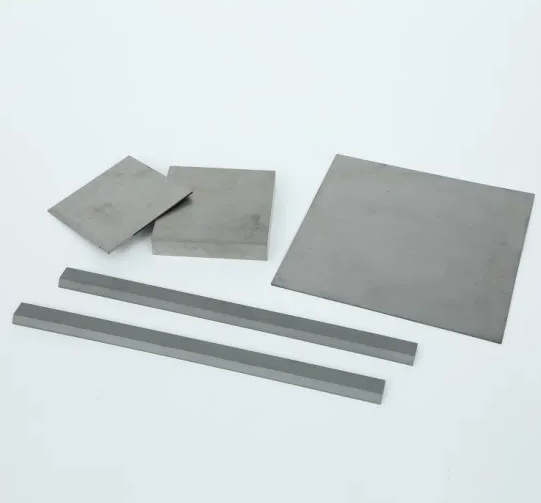
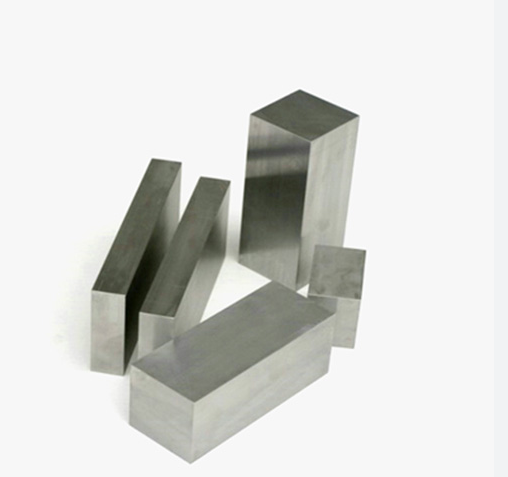

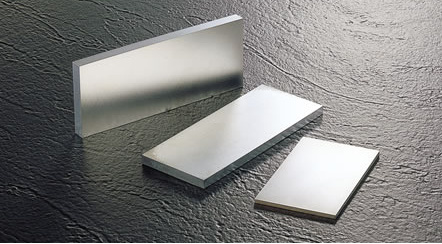
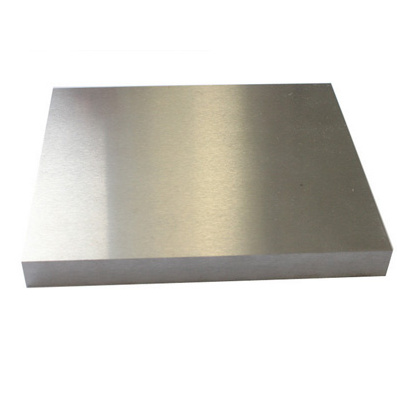
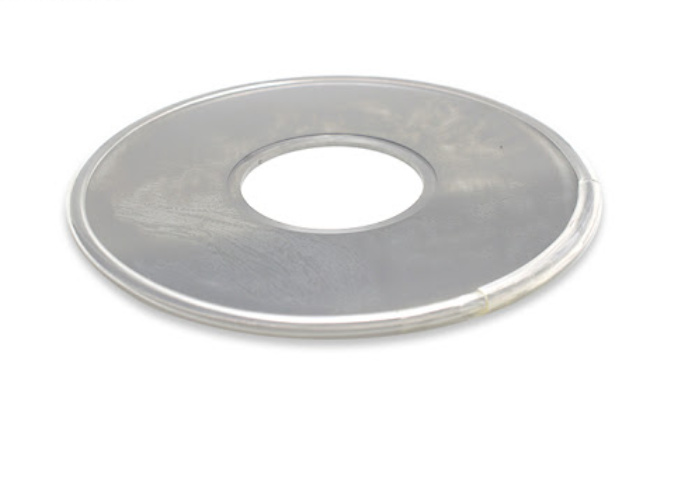
Challenges & Future Trends
While the advancements are promising, challenges remain:
Material Costs
High-quality carbide materials, especially those incorporating rare elements, can be expensive. Balancing performance with cost is an ongoing challenge.
Manufacturing Limitations
Despite the progress in additive manufacturing, producing large-scale carbide components remains complex. Research is ongoing to overcome these limitations.
Тенденции будущего
- Sustainable Materials: The industry is moving towards eco-friendly materials and processes to reduce environmental impact.
- Умные материалы: Integration of sensors within carbide plates to monitor wear and performance in real-time is on the horizon.
- Global Collaboration: Collaborative efforts between industries and research institutions are expected to accelerate innovations.
Конкретные модели металлических порошков для Твердосплавные пластины
Here’s a detailed look at specific metal powder models used in carbide plate production:
| Модель | Состав | Описание |
|---|---|---|
| WC-Co | Карбид вольфрама-кобальт | A widely used composite offering a balance of hardness and toughness. Ideal for cutting tools and wear-resistant applications. |
| TiC | Карбид титана | Known for its high hardness and corrosion resistance. Commonly used in cermet applications. |
| Cr3C2 | Карбид хрома | Offers excellent oxidation resistance, making it suitable for high-temperature applications. |
| NbC | Карбид ниобия | Provides high melting points and is used in refractory applications. |
| TaC | Карбид тантала | Known for its extreme hardness and high melting point. Used in cutting tools and wear-resistant parts. |
| ВК | Карбид ванадия | Enhances wear resistance and is often used as a grain growth inhibitor in cemented carbides. |
| Mo2C | Карбид молибдена | Offers good thermal and electrical conductivity. Used in catalysts and wear-resistant applications. |
| SiC | Карбид кремния | Known for its high thermal conductivity and strength. Used in high-temperature applications. |
| B4C | карбид бора | One of the hardest known materials. Used in ballistic armor and abrasive applications. |
| ZrC | Карбид циркония | Offers high hardness and corrosion resistance. Used in nuclear applications. |

ЧАСТО ЗАДАВАЕМЫЕ ВОПРОСЫ
| Вопрос | Ответить |
|---|---|
| What are carbide plates? | Carbide plates are composite materials made primarily of carbide compounds, known for their hardness and wear resistance. |
| Why are carbide plates preferred in industrial applications? | Due to their durability, resistance to wear and corrosion, and ability to withstand high temperatures. |
| How has additive manufacturing impacted carbide plate production? | It allows for complex designs, reduced material waste, and faster prototyping. |
| What industries benefit most from carbide plate innovations? | Mining, manufacturing, aerospace, and defense sectors see significant benefits. |
| Are there environmental concerns with carbide plate production? | Yes, especially concerning the sourcing of raw materials. However, sustainable practices and recycling are being adopted. |


